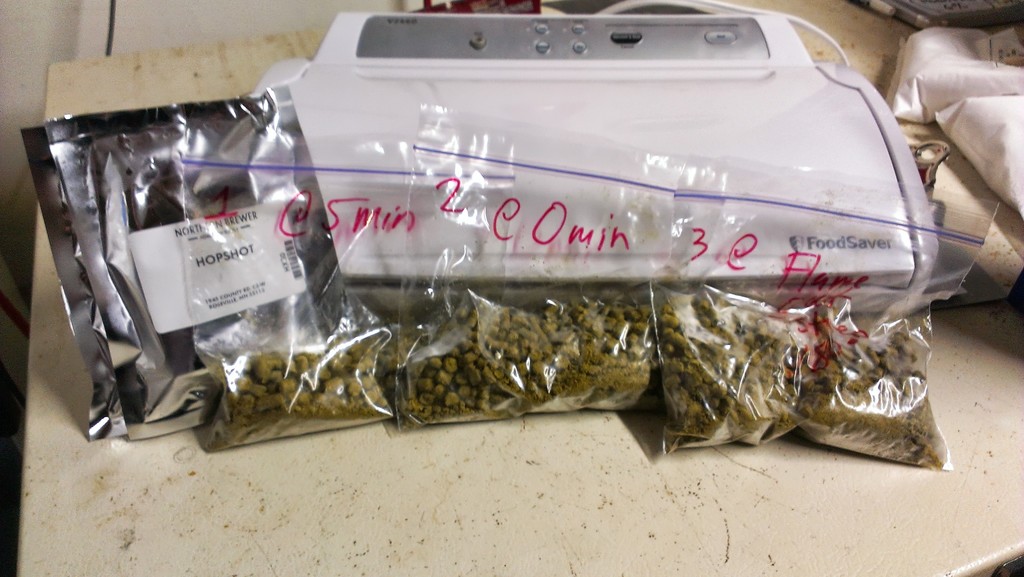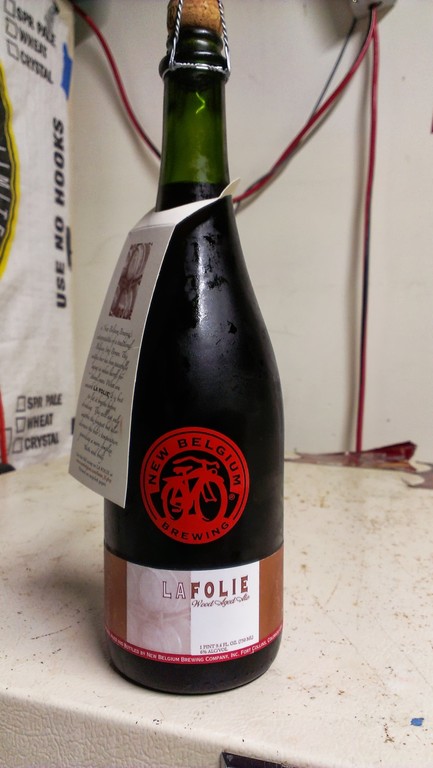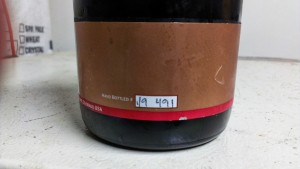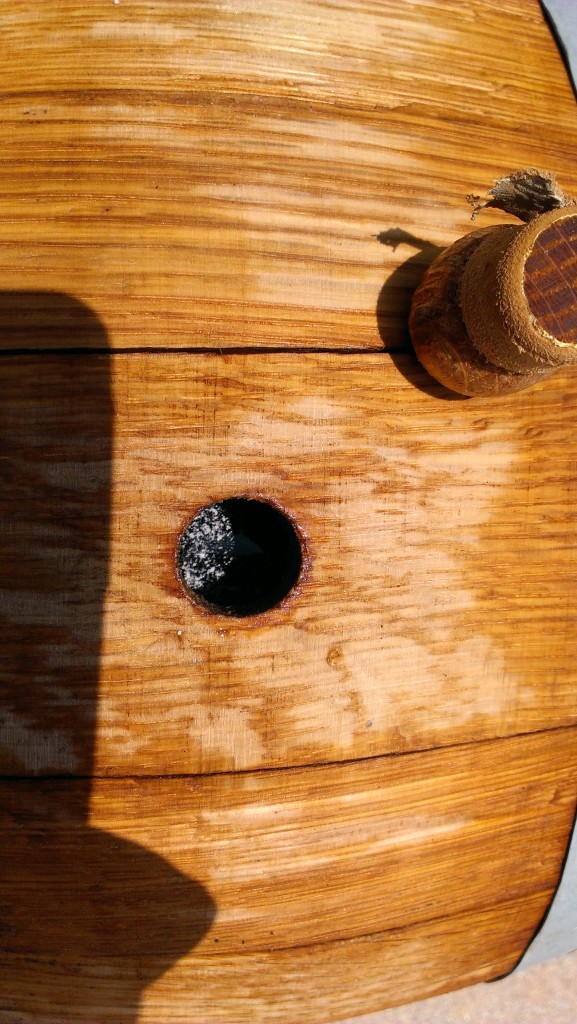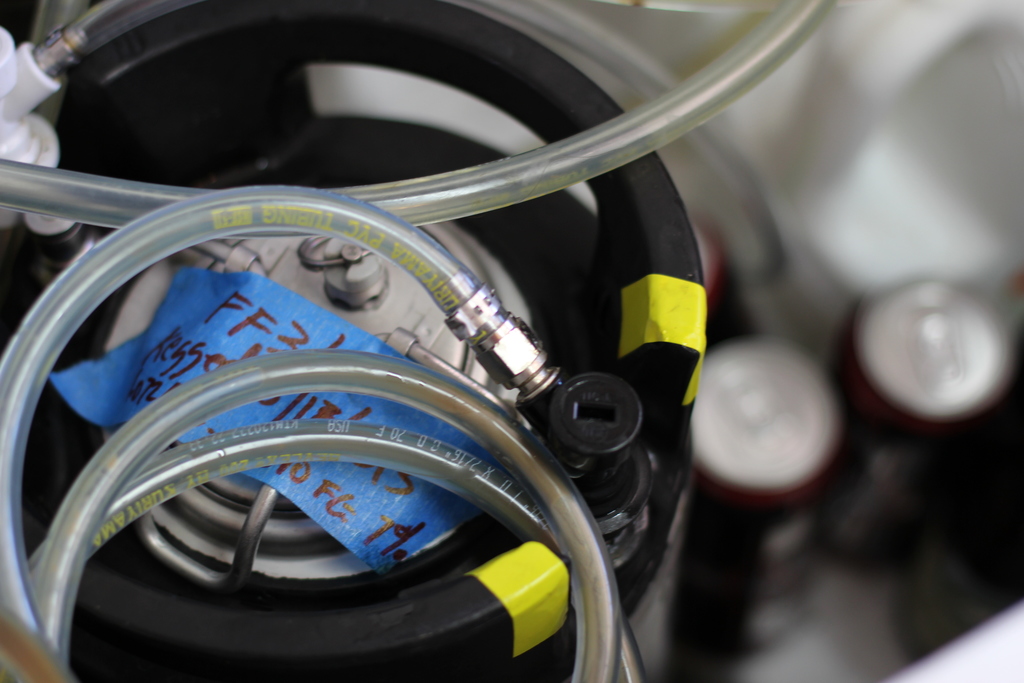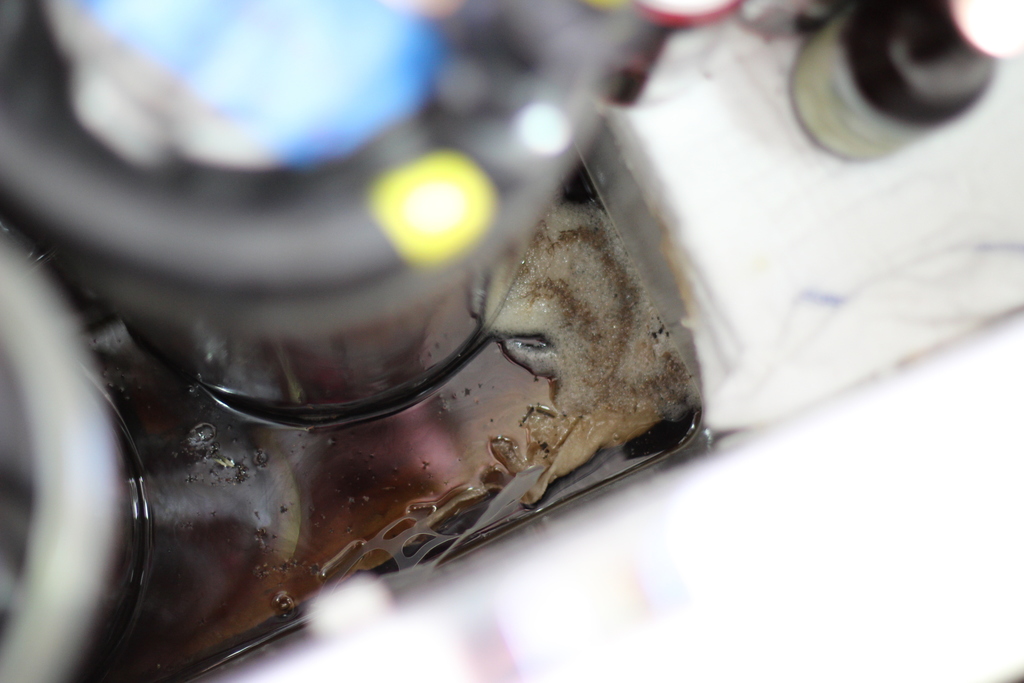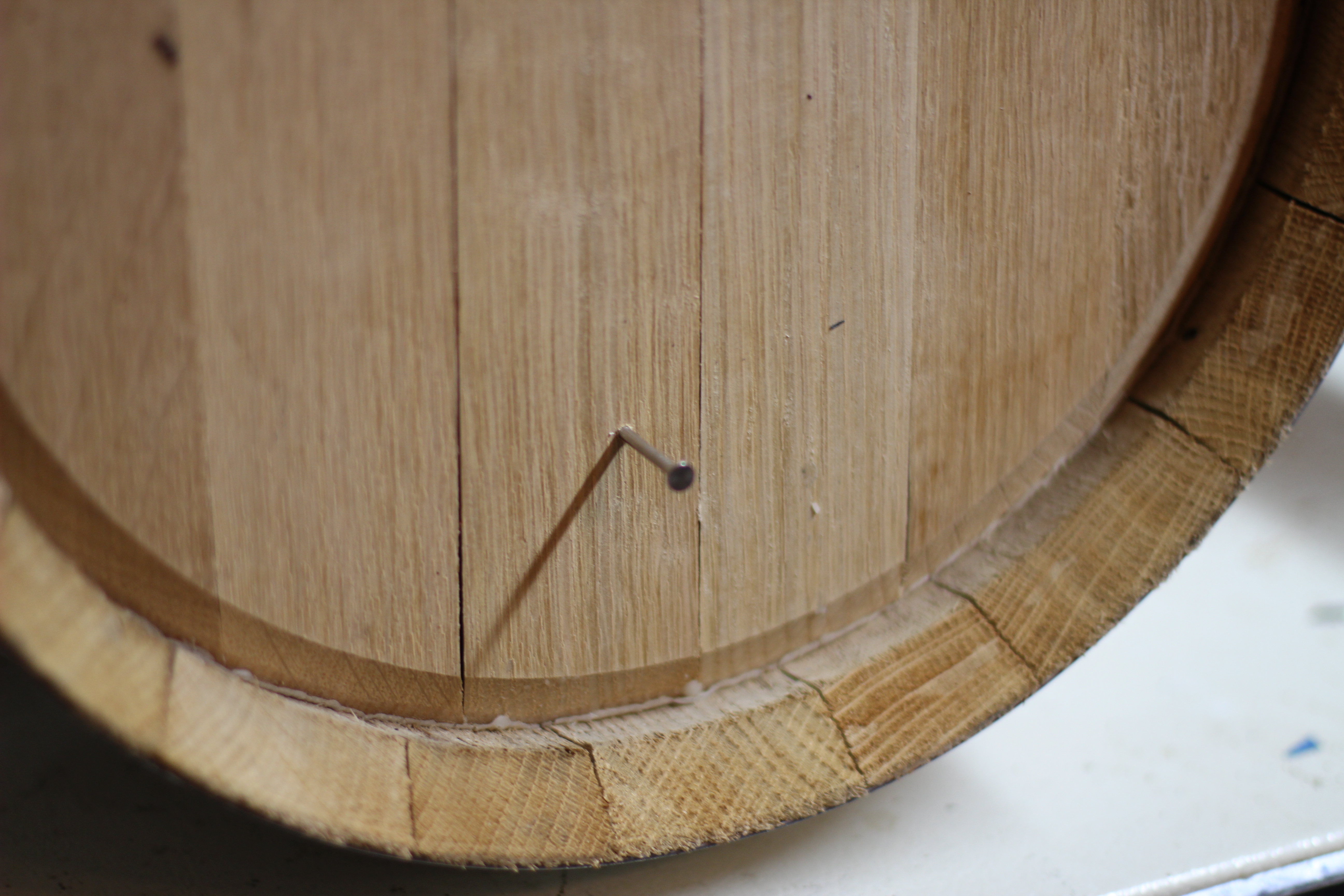
Now that I have two beers aged in oak barrels at Woxford Brewing Co, I’m ready to sample the beers to track how they are progressing. In both cases, I’m looking to ensure that the beer picks up enough barrel flavors but preventing the beer from oxydizing or becoming dominated by the oak and other characteristics obtained from the wood.
The new 5 gallon barrel comes with a handy spigot already configured for sampling. A simple turn of the knob and opening of the bung will allow beer in the barrel to flow out. For larger barrels, no such spigot is available so one must improvise.
The good news is that as with most beer brewing, someone has already figured out a really good way to do things. In this case, a well known brewery in California, Russian River, home to master brewer and barrel user Vinnie Cilurzo, shared sometime ago on the ProBrewer forum his technique for installing sampling ports on his barrels.
I’ve seen this technique employed in many places, even right in our backyard at Jester King Brewery in Austin Texas. With the technique well understood, the only matter left was to install the port.

Using a power drill and 3/64″ wood cutting bit and about 5 seconds, a quick hole was made a few inches up from the bottom of the barrel, avoiding any trub or other material that may settle out (think fruit pulp). The 4d 1.5″ 316 stainless steel nail fits like a glove and works perfectly as a sampling port.
The beer does flow pretty fast out of a small hole so you have to be prepared with a spare nail (in case you drop it) and a glass large enough to contain the flow.
Now, on to the samples.

I’ve taken about 3 samples of this beer. At 2, 4 and 8 weeks. I was initially thinking that 4 weeks would be about right, but after tasting it then, it didn’t quite have enough of the whiskey punch I wanted, so it was easy to just keep it in until it was tasting just right. The rule-of-thumb I’ve been following is to have just a bit more barrel flavor than you really want as it will mellow out as the beer conditions in the bottle.
At 8 weeks, the sample is exactly where I want it. I’m getting a great aroma, classic whiskey barrel flavors of oak, vanilla, toast, sweetness, alcohol, roast from the beer. And the beer complements this flavor, dark stone fruit, plums.
The next step is to rack this beer into two 5 gallon corny kegs with bottling sugar. I’ll then naturally carbonate one keg, and bottle fill 25 750ml bottles for easier aging in the bottle.
I’ll keep you posted on the racking and bottling of this beer.

